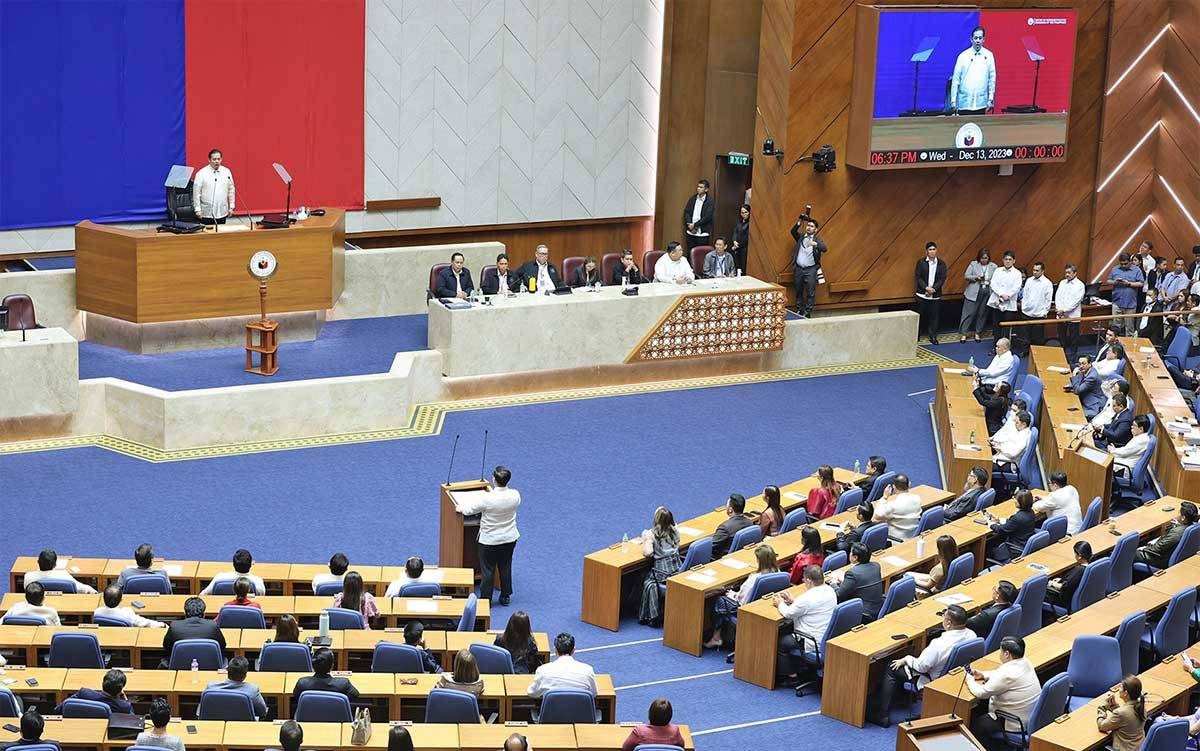Former Supreme Court associate justice Antonio Carpio recently provided valuable insights into the process of amending the Philippine Constitution. His remarks shed light on the constitutional provisions that allow the House of Representatives and the Senate to meet and vote separately on proposed amendments.
According to Carpio, the 1987 Constitution explicitly permits the House and the Senate to convene separately and vote independently on constitutional changes. He referred to Section 1, paragraph 1, Article 17 of the Constitution, which states that the House and the Senate can propose amendments or revisions to the Constitution by a three-fourths vote of all their respective members.
Carpio emphasized that the use of the term “Congress” in the Constitution is significant. He pointed out that the Constitution does not mention the term “constituent assembly” anywhere. Instead, it clearly states that Congress consists of a Senate and a House. Therefore, unless the Constitution explicitly provides otherwise, Congress is considered a bicameral body, and each chamber must individually approve an act before it becomes law.
The former associate justice highlighted that the Constitution only requires a joint vote from both chambers of Congress in one specific circumstance: when Congress reviews the President’s declaration of martial law or suspension of the privilege of the writ of habeas corpus within 24 hours. In all other cases, the House and the Senate vote separately, adhering to the bicameral nature of Congress.
Carpio stressed the importance of following the verba legis rule, which means interpreting and implementing the law based on its clear and unambiguous wording. He emphasized that the Constitution’s provisions regarding the separate voting by the House and the Senate for constitutional amendments are unambiguous and should be strictly followed.
The House Committee of the Whole recently commenced deliberations on Resolution of Both Houses 7 (RBH 7), which aims to introduce economic changes through constitutional amendments. This resolution, similar to RBH 6 filed in the Senate, is part of the ongoing discussions on Charter Change (Cha-cha).
Once the House Committee of the Whole approves a committee report, it will be forwarded to the House plenary for further consideration. At the plenary level, representatives will have the opportunity to vote on the resolution, determining its fate.
Understanding the constitutional process for amending the Philippine Constitution is crucial for any proposed changes to be implemented effectively. The insights provided by Carpio shed light on the specific provisions within the Constitution that allow the House and the Senate to meet and vote separately on proposed amendments. By adhering to the verba legis rule and respecting the bicameral nature of Congress, the constitutional amendment process can proceed in accordance with the law.
Source: The Manila Times







